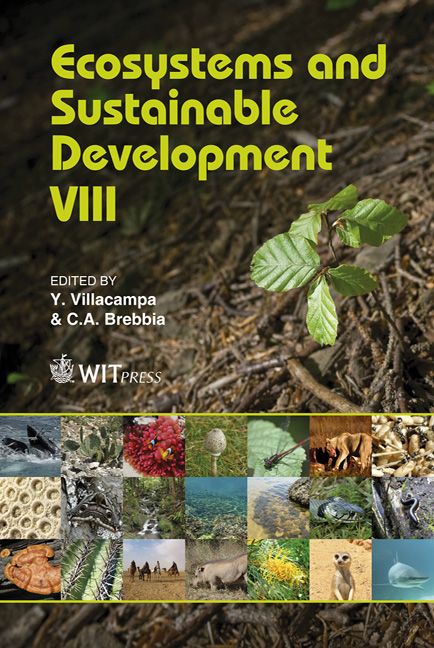The Effect Of Human Disturbance On Site Habitat Diversity And Avifauna Community Composition In Suburban Conservation Areas
Price
Free (open access)
Transaction
Volume
144
Pages
13
Page Range
13 - 25
Published
2011
Size
3310 kb
Paper DOI
10.2495/ECO110021
Copyright
WIT Press
Author(s)
P. F. Mooney
Abstract
This study evaluated the causes and effects of habitat heterogeneity in suburban conservation areas of the metropolitan Vancouver area. Site disturbance, soil conditions and plant associations were evaluated for their relationship to habitat heterogeneity. Habitat heterogeneity was correlated with breeding bird populations and the type of birds found. Three, urban conservation sites were surveyed for site conditions and avian populations. Data were spatially referenced in a geographic information system (GIS) and a habitat diversity index rating was calculated for each site. Site habitat diversity ratings were compared with the avian species richness and the birds recorded were classified as urban exploiters, adapters or avoiders. It was found that human disturbance and biotic succession had produced a mosaic of seral stage plant communities that increased habitat heterogeneity. Site-level habitat heterogeneity was correlated with avian species richness. All categories of urban and non-urban birds were recorded. Suburban conservation areas can support high avian species richness, including urban avoiders. Site-level habitat heterogeneity and avian species richness are strongly correlated. These findings can assist in selecting and managing urban conservation sites to maintain regional biodiversity. Keywords: urban biodiversity, site-level habitat diversity, habitat diversity index, urban exploiters, urban adapters, urban avoiders, conservation.
Keywords
urban biodiversity, site-level habitat diversity, habitat diversity index, urban exploiters, urban adapters, urban avoiders, conservation





